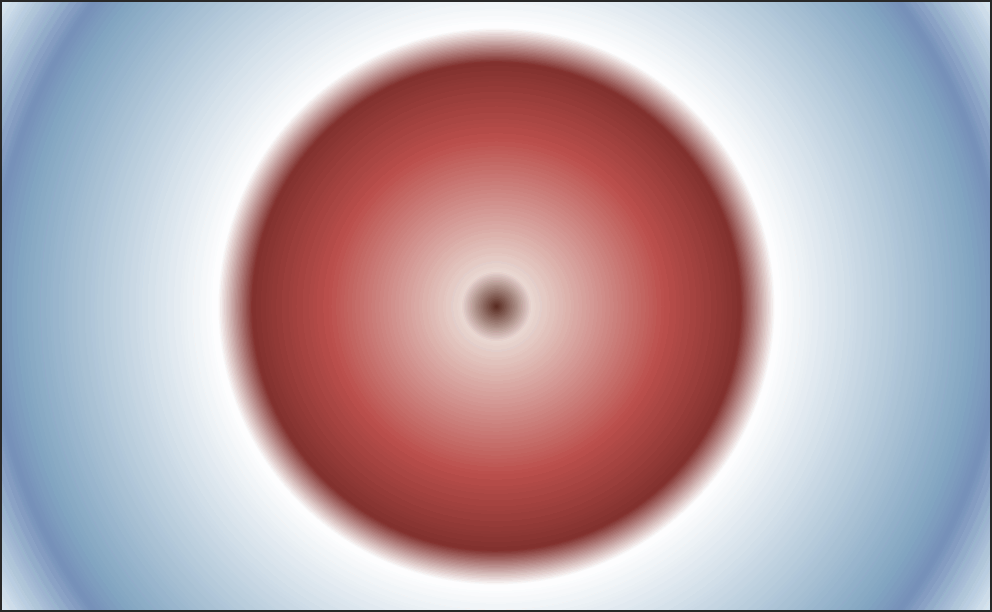

DRACULA (Device for Reaction Analysis based on a Complex and Unsurpassed on-Line Acquisition system ) experiment was completely designed and built by NIHAM members. It was operated in-beam at LNS – Catania between 1991 and 1998 and it was used for systematic studies of dissipative processes in light heavy ion reactions.
CHIMERA (Charged Heavy Ion Mass and Energy Resolving Array) device installed at the LNS – Catania, based on 1192 detection cells arranged in cylindrical geometry around the beam axis, in 35 rings. Some of the physics topics that were addressed by HPD members are: isospin dependence in the dynamical formation and evolution of the “neck” in peripheral collisions, cluster production in central collisions, dynamical fission and the influence of nuclear matter viscosity on the time scale.
The 4p experimental device - FOPI has been built at the Heavy Ion Synchrotron SIS at GSI Darmstadt to get the most complete event characterization possible for relativistic heavy ion collisions (0.1 – 2 AGeV), in order to study the proprieties of hot and dense nuclear matter. Physics topics that have been undertaken by HPD members include: multi-dimensional analysis of the transition energy, azimuthally symmetric flow in highly central collisions, azimuthal dependence of collective expansion for symmetric heavy ion collisions, directed sidewards flow, isospin effects, equation of state of compressed and hot baryon matter. One should mention that the FOPI Phase III upgrade was based on a new type of RPC architecture proposed by our group in Bucharest, i.e. symmetric, multi gap, multi strip.
ALICE (A Large Ion Collider Experiment) is the only heavy ion dedicated experiment at LHC-CERN and it will explore the baryon free nuclear matter phase diagram in the region of high temperatures, conditions supposed to exist several microseconds after Big Bang. The experiment was successfully used in Run1 experiments at LHC in p+p collisions at 900 GeV, 2.76 TeV, 7 TeV and 8 TeV, Pb+Pb collisions at 2.76 TeV and p+Pb collisions at 5.02 TeV.
CBM (Compressed Baryonic Matter) experiment at the future FAIR – GSI Darmstadt, scheduled to start in 2018 will use beam energies up to 11 A·GeV and will study nuclear matter at high baryon densities and low temperatures, as it may exist in neutron stars. Until now we developed a few TRD architectures for high counting rate environment. The radioactive source and in-beam tests showed their performance. A new generation of front end electronics for these detectors based on ASIC was designed, produced and successfully tested at PS-CERN. A few RPC prototypes for high counting rate environments were designed, constructed and tested, preliminary results showing very good performance in terms of time resolution, granularity and efficiency in high counting rate environment.
CHIMERA (Charged Heavy Ion Mass and Energy Resolving Array) device installed at the LNS – Catania, based on 1192 detection cells arranged in cylindrical geometry around the beam axis, in 35 rings. Some of the physics topics that were addressed by HPD members are: isospin dependence in the dynamical formation and evolution of the “neck” in peripheral collisions, cluster production in central collisions, dynamical fission and the influence of nuclear matter viscosity on the time scale.
The 4p experimental device - FOPI has been built at the Heavy Ion Synchrotron SIS at GSI Darmstadt to get the most complete event characterization possible for relativistic heavy ion collisions (0.1 – 2 AGeV), in order to study the proprieties of hot and dense nuclear matter. Physics topics that have been undertaken by HPD members include: multi-dimensional analysis of the transition energy, azimuthally symmetric flow in highly central collisions, azimuthal dependence of collective expansion for symmetric heavy ion collisions, directed sidewards flow, isospin effects, equation of state of compressed and hot baryon matter. One should mention that the FOPI Phase III upgrade was based on a new type of RPC architecture proposed by our group in Bucharest, i.e. symmetric, multi gap, multi strip.
ALICE (A Large Ion Collider Experiment) is the only heavy ion dedicated experiment at LHC-CERN and it will explore the baryon free nuclear matter phase diagram in the region of high temperatures, conditions supposed to exist several microseconds after Big Bang. The experiment was successfully used in Run1 experiments at LHC in p+p collisions at 900 GeV, 2.76 TeV, 7 TeV and 8 TeV, Pb+Pb collisions at 2.76 TeV and p+Pb collisions at 5.02 TeV.
CBM (Compressed Baryonic Matter) experiment at the future FAIR – GSI Darmstadt, scheduled to start in 2018 will use beam energies up to 11 A·GeV and will study nuclear matter at high baryon densities and low temperatures, as it may exist in neutron stars. Until now we developed a few TRD architectures for high counting rate environment. The radioactive source and in-beam tests showed their performance. A new generation of front end electronics for these detectors based on ASIC was designed, produced and successfully tested at PS-CERN. A few RPC prototypes for high counting rate environments were designed, constructed and tested, preliminary results showing very good performance in terms of time resolution, granularity and efficiency in high counting rate environment.



















